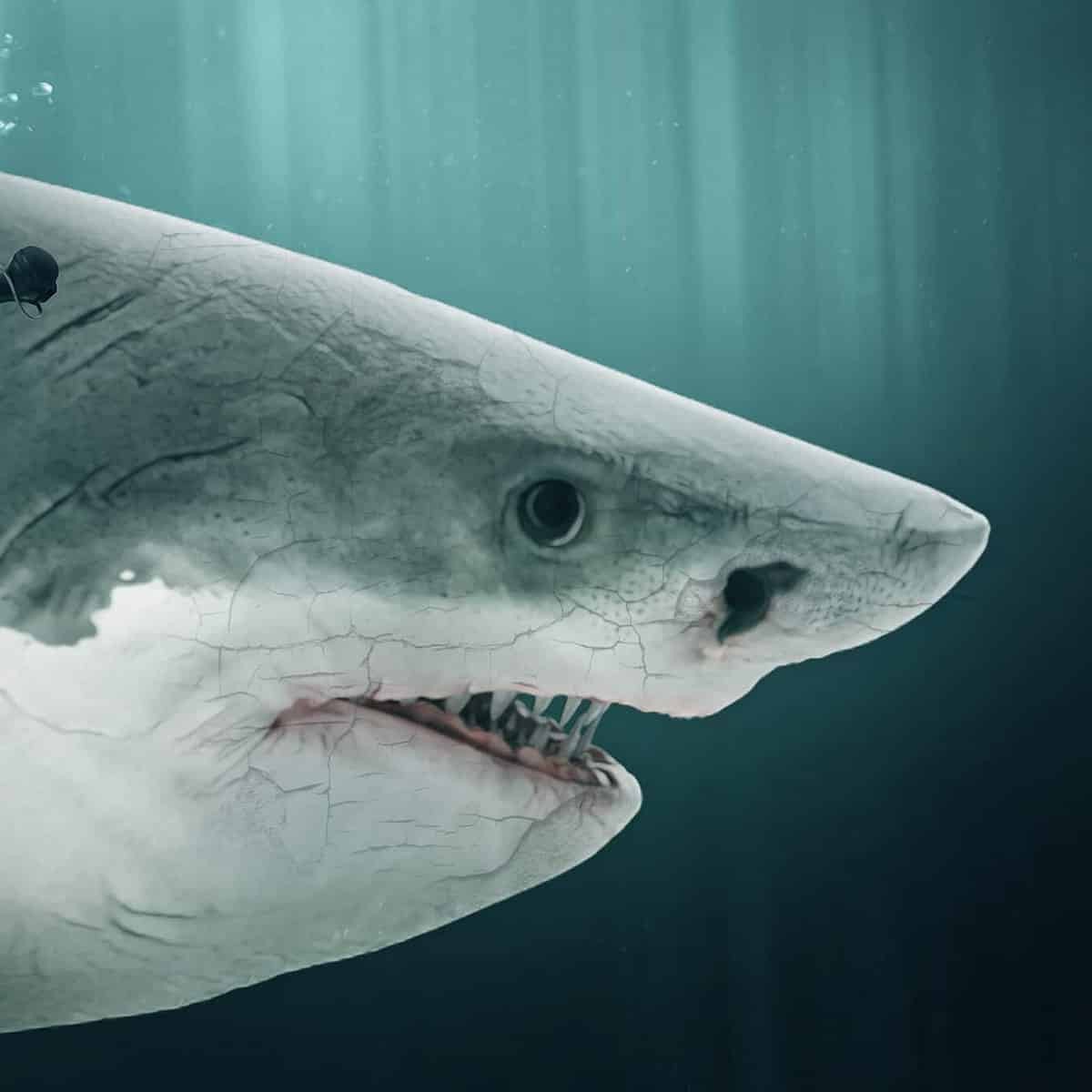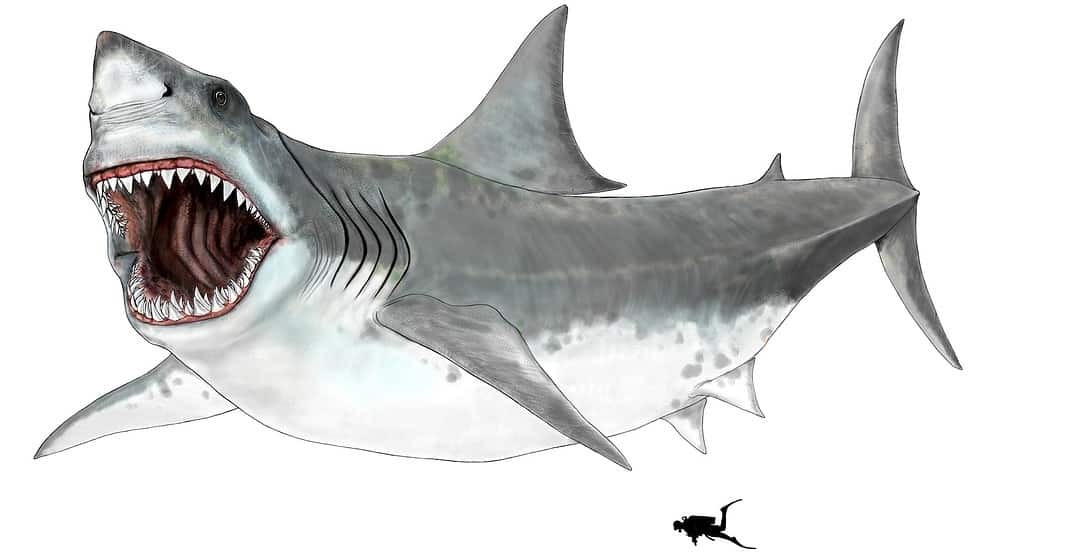While a second “Meg” movie starring Jason Statham may have recently begun production, real scientists still don’t know what these giant, prehistoric sharks actually looked like.
A new scientific study shows that all previously proposed body forms of the gigantic Megalodon, or megatooth shark, which lived nearly worldwide millions of years ago, remain in the realm of speculations.
Kenshu Shimada, a paleobiology professor at DePaul University and a coauthor of the study, said:
“The study may appear to be a step backward in science, but the continued mystery makes paleontology, the study of prehistoric life, a fascinating and exciting scientific field.”
Otodus megalodon is typically portrayed as a super-sized, monstrous shark in novels and films such as the 2018 sci-fi film “The Meg.” Previous studies suggest that the shark likely reached lengths of at least 50 feet (15 meters) and possibly as much as 65 feet (20 meters).
According to lead author Phillip Sternes, who graduated from DePaul in 2019 and is currently a Ph.D. candidate at the University of California, Riverside:
“This new study shows that there are currently no scientific means to support or refute the accuracy of any of the previously published body forms of O. megalodon.”
Consequently, Sternes added:
“All previously proposed body forms of Otodus megalodon should be regarded as speculations from the scientific standpoint.”

And according to Shimada’s current graduate student, Jake Wood, the third coauthor of the study:
“Any meaningful discussion about the body form of O. megalodon would require the discovery of at least one complete, or nearly complete, skeleton of the species in the fossil record.”
Shimada concurred:
“The fact that we still don’t know exactly how O. megalodon looked keeps our imagination going. This is exactly why the science of paleontology continues to be an exciting academic field. We’ll continue looking for more clues in the fossil record.”
You can read the full study here.

